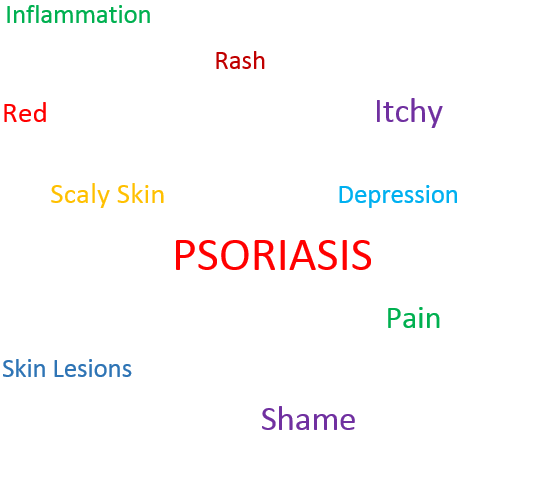If you have recently returned from a holiday away, the normal reaction is to focus on the loss resulting from your return home. You might miss the break away from work and home responsibilities, the free time, the opportunity to see new things, meet new people and have time to yourself.
People often feel sad at the end of a holiday, wishing they had made better use of their break, visited some particular attraction or brought a particular item of clothing that they really liked.
So we can experience depression by focusing on our recent past holiday which invariably “seemed to go all too quickly”.
You might also not be looking forward to the responsibilities of work, the time pressures, the repetition that is present in any job, the pressure to produce, unfinished business from the time before you went away and the inevitable conflict with one or more colleagues, staff or clients/ customers.
This focus, in turn, can make us anxious as we look to the future and all the demands we expect to be placed on us.
Alternatively, we can avoid depression and anxiety by focusing on the present moment, appreciating what we do have – health, home, family, work and friends.
We could express gratitude for the time we did have away, all the individual activities that brought joy and happiness, the highlights that we really value and the. companionship we enjoyed.
We could focus on the precious moments when we were able to stop and be mindful in the presence of nature’s stunning variety and beauty, the ingenuity of men and women, the artistry of sculptors and artists of long ago or the magnificence of architecture we observed.
We might also express empathy and compassion for those who had real loss and grief during the holiday period – the loss of family members through accidents or illness or suicide, the break-up of an intimate relationship or a fracture of the relationship with a son or daughter or other family member.
Appreciating what we do have, being grateful for what we were able to experience on our holiday and/or thinking empathetically about others and their loss, can take us outside of our self-focus and enable us to experience the richness of the present moment in our lives.
As we grow in mindfulness, we are better able to savour the present moment and avoid depression resulting from a focus on the past or anxiety arising from a focus on the future.
We can learn a lot from Holly Butcher who died on 4 January 2018, at the age of 27, from a rare form of cancer and had written a powerful letter just before her death which her family published on her Facebook page the day she died. Some of her comments are especially relevant for the topic of this blog post:
Those times you are whinging about ridiculous things (something I have noticed so much these past few months), just think about someone who is really facing a problem. Be grateful for your minor issue and get over it. It’s okay to acknowledge that something is annoying but try not to carry on about it and negatively effect other people’s days…
I hear people complaining about how terrible work is or about how hard it is to exercise – Be grateful you are physically able to. Work and exercise may seem like such trivial things … until your body doesn’t allow you to do either of them.
By Ron Passfield – Copyright (Creative Commons license, Attribution–Non Commercial–No Derivatives)










